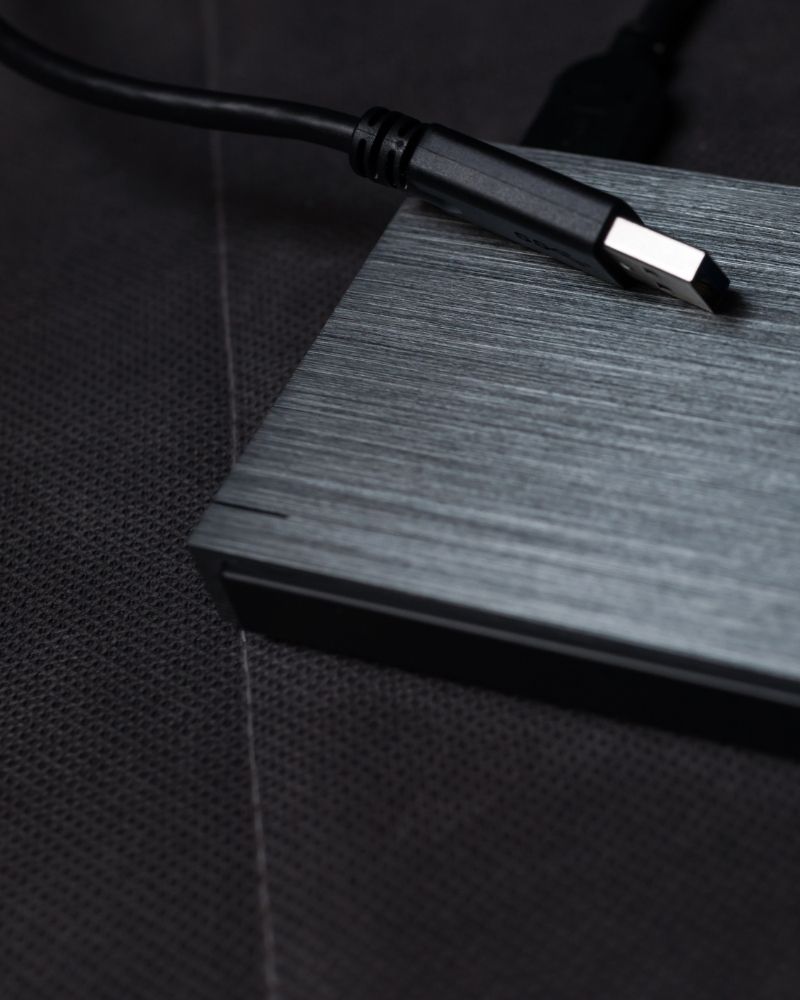Dellwa's
Solid-State Drive (SSD)
SSD adoption began in high-performance technology areas and in enthusiasts’ PCs, where the drives’ extremely low access times and high throughput justified the higher cost. But they have since become an accepted option — or even the default choice — in lower-cost mainstream laptops and PCs.

What is a Solid-State Drive (SSD)?
Solid-state drives (SSD) are a new type of storage device that is used in computers. SSDs are flash-based memory that is faster than traditional hard drives. One of the best ways you can speed up your computer is to upgrade to an SSD. You can learn how SSDs work, and how to optimize them with a performance-enhancing tool.
Dellwa's SATA Solid State Drive
SSD adoption began in high-performance technology areas and in enthusiasts’ PCs, where the drives’ extremely low access times and high throughput justified the higher cost. But they have since become an accepted option — or even the default choice — in lower-cost mainstream laptops and PCs.
Low temp condition
Micro SD industrial grade can work at atemperature as low as minus -25°C
High Temp Condition
Micro SD industrial grade can work at atemperature as high as 85°C
Fast speed
The product provides read and write speeds of 50MB/s to 80MB/s respectively
Freat storage up to 128 GB
The product carries storage space up to 128 GB.

FAQ for Solid State Drive
What is the built of SSD?
SSD is consist of a PCB and using NAND Flash or DRAM memory chips.
SSD is faster than HDD?
Both performance can be affected by many other factors as below:
- The OS type
- What applications in use.
- The speed and configuration of the processor
Module Sizes of M.2
It’s vary in sizes. Module dimensions will normally be displayed in the module's model. Commercially M.2 modules as below:
- Wide: 22mm
- Lengths: 30, 42, 60, 80, and 110 mm
PCIe interface vs SATA interface
PCIe Gen 2 x2 is faster than SATA 3.0. Since the SATA 3.0 spec is limited to ~600MB/s, but the other one is up to 1000MB/s.
How to Install a 2.5-inch in your system?
- Back up important files
- Connect the SSD to your system
- Format your SSD
- copying your data
- Install
